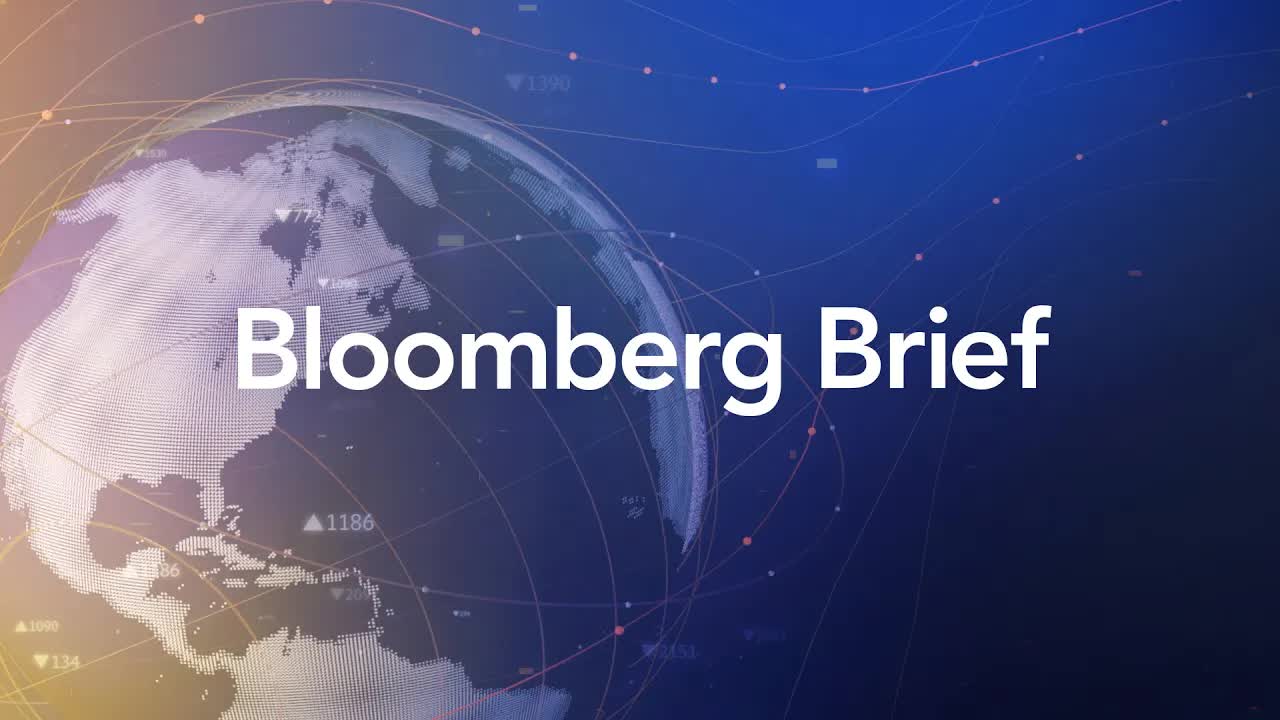Elis SA: Navigating Market Reactions to Q1 Earnings and Share Activity
Elis SA (ELIS.PA), a leading European provider of industrial and healthcare services, has drawn investor attention following its Q1 2025 earnings release and regulatory disclosures of share transactions between May 5–9, 2025. While the company disclosed trading in its own shares during this period, the specifics of these transactions—such as volume or pricing—were not detailed in regulatory filings. This analysis explores the implications of Elis’ financial performance, market dynamics, and the potential strategic rationale behind its share activity.

Key Drivers: Q1 2025 Earnings and Market Response
On May 5, 2025, Elis reported a 3.6% year-on-year revenue increase to €1,131.9 million, driven by organic growth (+2.5%) and acquisitions in key markets like Spain, Germany, and Switzerland. The company reaffirmed its 2025 outlook, targeting 4% organic revenue growth and margin improvements.
The stock initially reacted positively, closing at €23.10 on May 5—the period’s highest price—before declining to €22.28 by May 9. This drop, alongside a volume spike of 1.58 million shares on May 9, suggests investors were reassessing the company’s valuation and growth trajectory post-earnings.
Ask Aime: "Did Elis' Q1 earnings raise concerns?"
Volatility and Trading Activity: A Closer Look
The period saw significant fluctuations in both price and volume:
- May 6: The stock hit a low of €21.94, marking its lowest point during the period, amid broader market uncertainty.
- May 9: Trading volume surged to 1.58 million shares—over six times the previous day’s volume—potentially reflecting profit-taking after the earnings announcement or hedging activity.
Ask Aime: How did Elis' Q1 2025 earnings impact stock performance?
The price-to-earnings ratio of 15.77 places Elis near its historical average, suggesting the stock is neither undervalued nor overextended. However, its proximity to the upper end of its 1-year trading range (€16.90–€23.58) indicates resistance at higher price levels.
Regulatory Context: Share Repurchases and Strategic Intent
While Elis disclosed trading in its own shares between May 5–9, 2025, no specifics were provided. Earlier repurchase programs, such as those in April 2025, were tied to:
1. Employee incentives: Covering maturing performance shares under the "Elis for All 2025" plan.
2. Share cancellations: Aligning with resolutions from its 2024 shareholder meeting.
A broader €150 million buyback program (expiring December 2025) aims to allocate shares to long-term incentive plans and reduce outstanding stock. Investors should monitor whether the May transactions align with this program’s goals, as undisclosed activity might signal strategic adjustments to capital allocation.
Risks and Considerations
- Macroeconomic headwinds: Elis’ reliance on industrial and healthcare sectors exposes it to economic cycles. While Q1 growth was robust, sustaining momentum amid rising interest rates remains a challenge.
- Competitive landscape: European peers like Sodexo and Compass Group face similar pressures, intensifying the need for cost discipline and innovation.
- Valuation skepticism: The stock’s decline post-earnings hints at investor wariness toward Elis’ ability to meet its 2025 margin targets, which depend on operational efficiency.
Conclusion: A Balanced Outlook
Elis SA’s Q1 results underscore its resilience in a challenging environment, with acquisitions and organic growth driving revenue. However, the stock’s post-earnings dip and high May 9 volume suggest investors are demanding clearer evidence of margin expansion and repurchase program execution.
Key data points reinforce this analysis:
- Revenue growth: 3.6% in Q1, but margin improvements are still pending.
- Valuation: A P/E of 15.77 aligns with peers, but the stock’s proximity to its upper trading range limits upside potential.
- Share activity: While undisclosed, the repurchase program’s role in stabilizing the stock or rewarding shareholders remains critical.
Investors should prioritize Elis’ Q2 results and any updates on the buyback program to assess whether the company can sustain growth and justify its valuation. For now, Elis appears a hold—rewarding long-term holders but requiring patience for near-term catalysts.
In conclusion, Elis’ strategic moves and Q1 performance indicate a path to stability, but execution risks and market skepticism necessitate a cautious approach.











